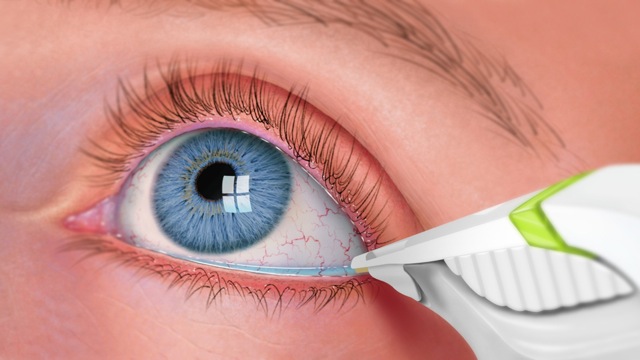Dry eye is a disease that affects the quality and quantity of tears on the ocular surface of the eye. This results in foreign body sensation, discomfort, redness, and visual disturbance. It is estimated that 55 million people in the US have dry eye. The causes of dry eye include: environmental (dry or high altitude), medications (Anti-histamines, anti-depressants, birth control, beta-blockers), contact lens wear, diseases (i.e. Rheumatoid arthritis, Parkinson’s disease, Sjogrens Syndrome, Lupus, Rosacea), refractive eye surgeries, changes in hormones, and blink rate reduction.
Dry eye is often diagnosed by patient symptoms during an eye examination. Treatment involves alleviating the signs and symptoms of dry eye which can be very subjective. Now, there is an objective way to measure the success of treatment using TearLab Osmolarity which involves taking a sample of your tears and testing the salt concentration. As osmolarity increases, damage to the front surface of the eye can occur. That is why it is important to measure tear osmolarity to determine the level of severity of dry eye disease. Below is a list of symptoms that is linked to dry eye disease. If you have 2 or more symptoms, chances are you may have dry eye and it is a good idea to have your tear osmolarity tested at our office.
DRY EYE CHECKLIST
__ Redness
__ Burning
__ Itching
__ Fluctuation in vision
__ Feeling of sand or grit in eye
__ Contact lens discomfort
__ Light sensitivity
__ Watery eyes
__ Tired eyes




